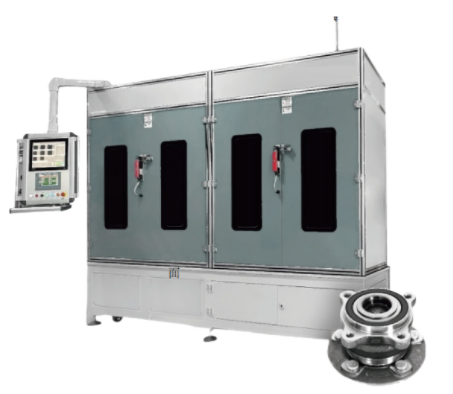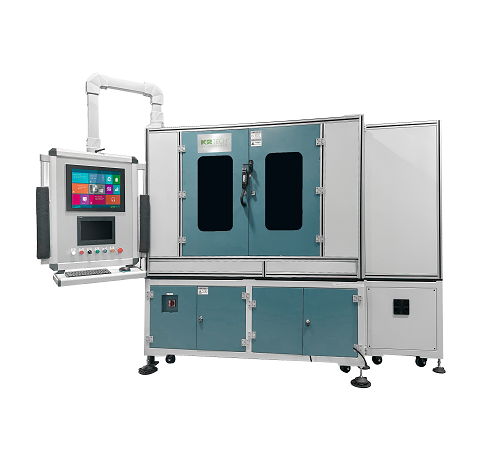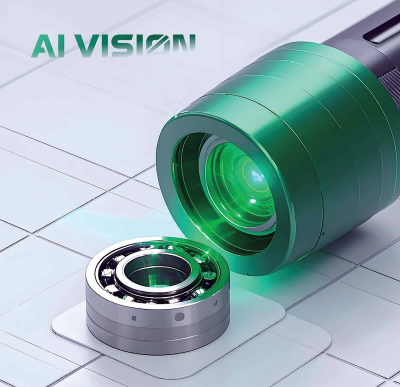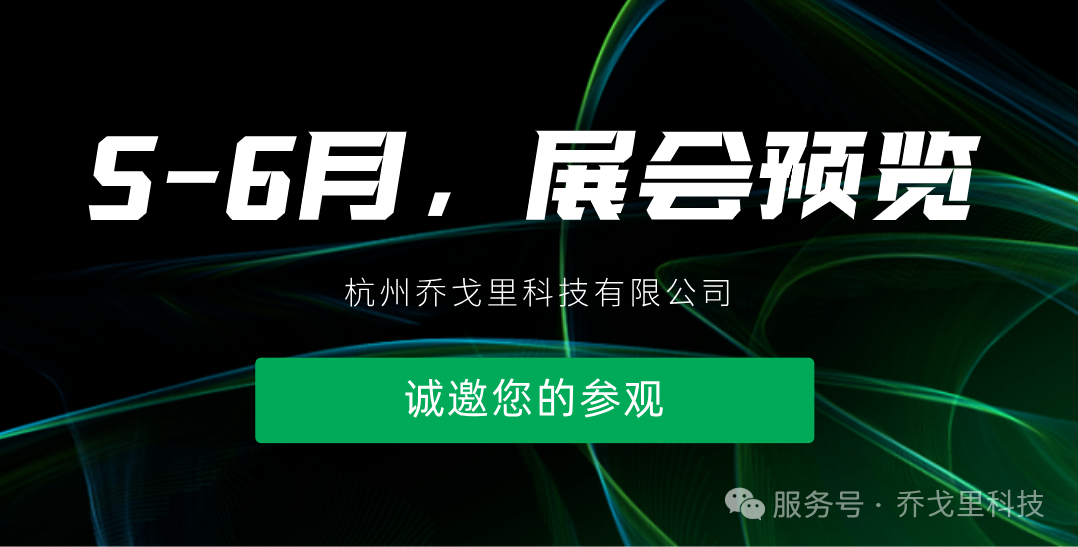The Indian ball and roller bearing market, a cornerstone of the country’s industrial and automotive sectors, is gearing up for a transformative phase. With a current market size of around $2 billion and growing at a robust CAGR of 6-8%, the industry is riding high on the back of rapid industrialization, infrastructure development, and the booming new sectors. However, the journey is not without its challenges. From stiff competition from low-cost imports to fluctuating raw material prices, manufacturers are navigating a complex landscape. Yet, the future looks promising, with emerging opportunities in electric vehicles (EVs), renewable energy, increasing demand for exports, and smart bearing technologies. This report delves into the production capacity, market dynamics, import-export trends, and future outlook of this critical sector, offering insights into what lies ahead for one of India’s most vital industries.
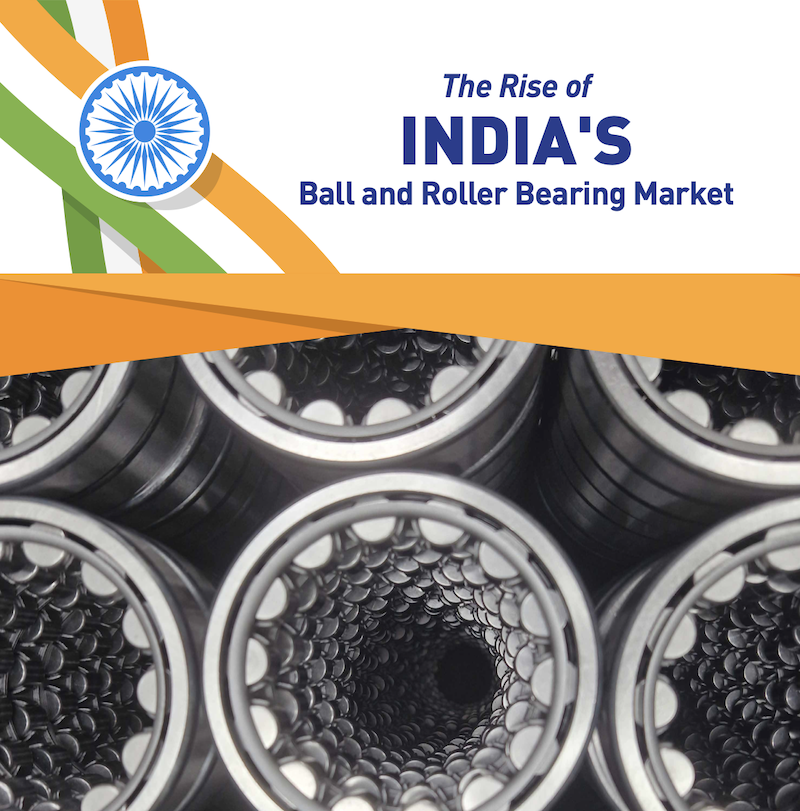
Production Capacity
The Indian ball and roller bearing market is a critical component of the country’s manufacturing and industrial sectors. Bearings are essential for reducing friction in machinery and are widely used in industries such as automotive, railways, aerospace, power generation, and construction equipment. India is one of the largest markets for bearings in Asia, driven by rapid industrialization, infrastructure development, and the growth of the automotive sector.
Domestic Production:India has a robust manufacturing base for ball and roller bearings, with several key players such as SKF India, Schaeffler India (FAG and INA brands), NRB Bearings, and Tata Bearings. The production capacity has been expanding to meet the growing demand from both domestic and international markets.
Key Manufacturing Hubs:
Major production hubs are located in Gujarat, Maharashtra, Tamil Nadu, and Karnataka. These regions benefit from access to ports, skilled labor, and proximity to industrial clusters.
Capacity Utilization:
The industry operates at a capacity utilization rate of around 70-80%, with scope for further expansion as demand increases.
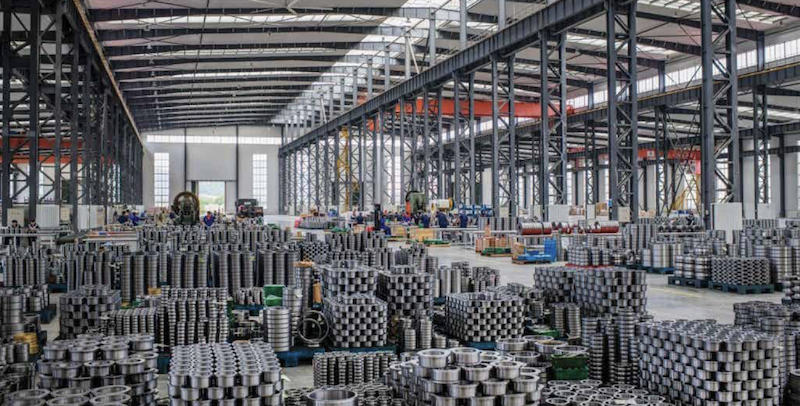
Market Size
Current Market Size: As of 2025, the Indian ball and roller bearing market is estimated to be worth $2.5 billion. The market has been growing at a CAGR of 6-8% over the past years.
Main Demand Drivers:
▸ Automotive Sector:
Accounts for ~50% of the total demand, driven by the production of passenger vehicles, two-wheelers, and commercial vehicles.
▸ Industrial Machinery:
Contributes ~30% of the demand, with growth in sectors like cement, steel, and power.
▸ Railways and Aerospace:
Emerging as significant demand drivers due to government investments in infrastructure and defense.
Distribution Network
Organized Sector:
Dominated by established players with well- structured distribution networks, including authorized dealers, distributors, and direct sales to OEMs (Original Equipment Manufacturers).
Unorganized Sector:
Comprises small-scale manufacturers and local suppliers, catering primarily to the aftermarket and price-sensitive customers.
E-commerce:
Growing adoption of online platforms for bearing sales, especially in the aftermarket segment.
Import and Export Figures
Imports:
India imports high-precision and specialized bearings from countries like Germany, Japan, and China. In 2023-24, bearing imports were valued at $1.4 billion, reflecting the demand for advanced technology and cost-effective solutions.
Exports:
India exports bearings to the USA, Europe, and Southeast Asia. In 2023-24, exports were estimated at $900 million, driven by competitive pricing and improving product quality.
Future Outlook
Growth Projections:
The Indian ball and roller bearing market is expected to keep growing at a CAGR of 6-8% over the next five years, reaching a market size of $3-3.2 billion by 2028.
Key Growth Drivers:
▸ Make in India Initiative: Government policies promoting domestic manufacturing and reducing import dependency.
▸ Electric Vehicles (EVs): The shift toward EVs will drive demand for specialized bearings. ▸ Infrastructure Development: Increased investments in railways, metro projects, and renewable energy will boost demand.
▸ Technological Advancements: Adoption of smart bearings with IoT integration for predictive maintenance.
General Challenges:
▸ Competition from low-cost imports, particularly from China.
▸ Fluctuations in raw material prices (steel and alloys).
▸ Need for continuous R&D to meet global quality standards.

Specific Challenges Ahead
For Manufacturers:
▸ Invest in R&D to develop high-precision and application- specific bearings.
▸ Expand production capacity to cater to growing domestic and export demand.
▸ Focus on sustainability by adopting eco-friendly manufacturing processes. For Government:
▸ Provide incentives for domestic bearing manufacturers under the Production Linked Incentive (PLI) scheme.
▸ Strengthen quality standards to reduce the influx of substandard imports.
For Investors:
▸ Explore opportunities in the EV and renewable energy sectors, which are expected to drive future growth.

Conclusion
The Indian ball and roller bearing market is poised for significant growth, driven by industrialization, infrastructure development, and technological advancements. While challenges such as import competition and raw material price volatility persist, the market offers immense opportunities for manufacturers, investors, and stakeholders. Strategic investments and policy support will be key to unlocking the market’s full potential.












